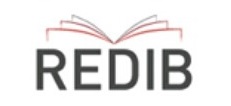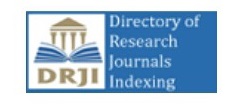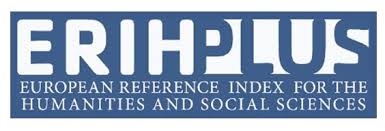Sustainability analysis of the Santa Isabel state - San Miguel de Nono - Ecuador = Análisis de sostenibilidad de la hacienda Santa Isabel – San Miguel de Nono – Ecuador
DOI:
https://doi.org/10.20868/bma.2021.1.4702Keywords:
Ecuador, Nono, adobe, estate, weather, environment, hacienda, clima, entornoAbstract
Abstract
The “Hacienda Santa Isabel”, built in 1816, is located in the parish of San Miguel of Nono, to the north of the city of Quito, Ecuador. Nono is comprised of 20 farms dedicated to agriculture and cattle, which gives financial support to the parish; founded by Jesuits and divided by the agrarian reform. The ancient architecture used is the Andean Region, based on the use of materials and techniques such as adobe, adobe and bahareque. The building is structurally composed by stone foundations, walls and wooden base. With a climate of Andean paramo, the average temperature ranges from 6° to 15°, remaining constant throughout the year; needing thermal comfort and insulation from moisture. By the position of the House of Hacienda analyzes the solar radiation and the incidence of the wind. And the way the materials are part of the solution of coat and sustainability of the parish. At the present time in Ecuador and other countries who know the benefits and features of the Andean architecture, continue using and complemented with modern techniques and materials to build with less environmental impact and lower costs.
Resumen
La “Hacienda Santa Isabel” construida en 1816, se encuentra en la parroquia San Miguel de Nono, al noroccidente de la ciudad de Quito, Ecuador. Nono está conformado por veinte haciendas dedicadas a la agricultura y a la ganadería, que da el soporte económico a la parroquia; fundada por Jesuitas y dividida por la reforma agraria. La arquitectura ancestral utilizada es la Andina, basada en la utilización de materiales de la zona y técnicas como el adobe, tapial y bahareque. La edificación está compuesta estructuralmente por cimentación de piedra, muros portantes y cubierta a base de madera. Cuenta con un clima de páramo andino, su temperatura media va desde los 6° a 15°, manteniéndose constante durante el año; necesitando confort térmico y aislante de humedad. Mediante la posición de la casa de hacienda se analiza la radiación solar y la incidencia del viento. Y la manera en cómo los materiales forman parte de la solución de abrigo y sostenibilidad de la parroquia. En la actualidad en Ecuador y en otros países que conocen las bondades y características de la arquitectura andina, la siguen utilizando y complementando con materiales y técnicas modernas para edificar con un menos impacto ambiental y a más bajos costos.
Downloads
References
Plan de Ordenamiento Territorial Nono, 2015 -2019
INEC, Instituto Ecuatoriano de Estadística y Censos
Climograma de Bienestar Adaptado (CBA) 2008 Vista.xlsx
Ministerio de Turismo, (2018), http://www.turismo.gob.ec/
Secretaría Nacional de Planificación y Desarrollo, (2018), http://app.sni.gob.ec
Nono Turismo, 2006, http://nonoturistico.galeon.com/
Adobe made, Carchi, Ecuador, 2016, http://www.adobemade.com
Resista Clave, Nono Colorido, 2016, www.clave.com.ec
Google Maps, www.google.es
Figueroa, J. Documental “Espejismos de una reforma” (Parroquia Nono, Quito), www.youtube.com/watch?v=Eh_3HECp1PQ
Downloads
Published
Issue
Section
License
The originals of Building & Management magazine are property of the Universidad Politécnica de Madrid, being necessary to cite the origin of any partial or total reproduction.
All the original articles published in Building & Management are subject to discussion and comments from our readers. Opinions should be sent to the journal's email address, within a period of three months, starting from the date of publication.
Authors retain the copyright of the papers and ensure B&M the right to have a Creative Commons license, Attribution-NonCommercial-NoDerivatives 4.0 International (CC BY-NC-ND 4.0), that allow others to share the article within an author recognition and non commercial use.
Authors can also establish independently aditional agreements for the not exclusive distribution of the article published versión in the e-journal (as, for example, to place it in an institutional repository or to publish it in a book).
Unless otherwise indicated, all contents of the electronic edition of Building & Management are distributed under a Creative Commons license and distribution.




 <
< 








